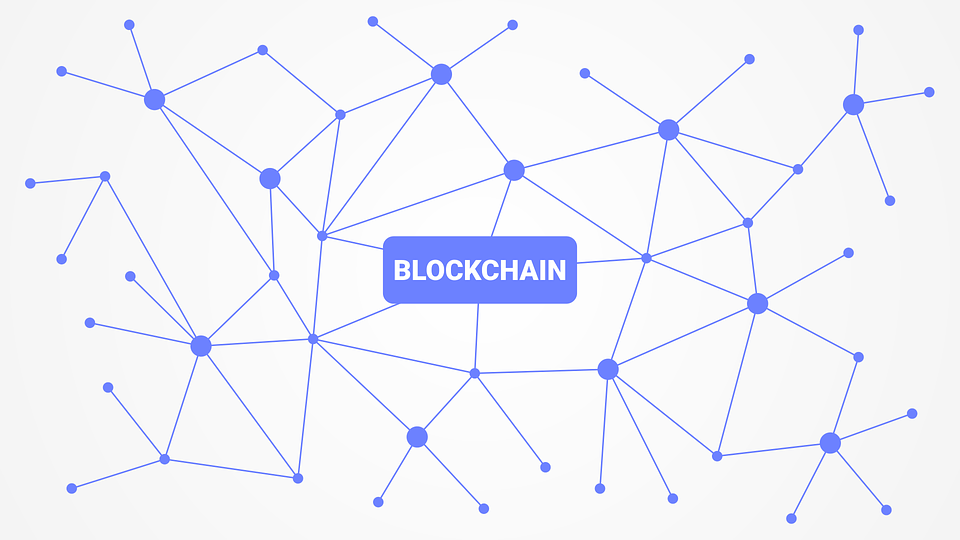
Why use Hyperledger Fabric for building enterprise blockchain solutions
Representing an open-source permissioned distributed ledger (DLT) platform, now Blockchain Hyperledger Fabric is among the most popular and active Hyperledger projects hosted by The Linux Foundation.
The technology serves as the basis for the development of blockchain solutions with a modular architecture. Unlike many other platforms, that need to be adapted for enterprise use, Hyperledger Fabric was created for building enterprise projects from the very beginning.
The issue of confidentiality
Permissionless and public blockchains have transactions executed on every node, which means a high transparency level: each operation (and the code implementing it) is visible to every node in the network. So, the confidentiality of contracts and transactions remains wanting.
In the business world, where privacy and confidentiality take the center stage, it may cause some problems. If each user can see and check every operation that occurs on the system it becomes almost impossible to maintain such relationships in the competitive environment. Imagine, for instance, a network of supply chain partners and manufacturers.
In some cases, consumers need to be provided with better rates in order to establish good relations and build strong collaboration. You won’t be able to make it without damaging your business when dealing with a pure permissionless blockchain.
Permissioned blockchains
Permissioned blockchains emerged to solve confidentiality issues. While other blockchains ensure full transparency (and it’s really great when speaking of non-enterprise use), the goal of permissioned blockchains is to provide the highest levels of trust and control over the network.
In a permissioned system all participants are identifiable and know to each other. The access to data is limited: only certain users can view and read transactions. Considering practical examples, let’s take a blockchain, supported by several banks or financial institutions.
The access to all data will be given to specific managers or a managing director, access to financial transactions – to all employees, and customers will have access to their client data.
So, we can say that the network can be operated under a governance model in order to secure all interactions within the group of entities with a common purpose. It doesn’t mean that the participants trust each other – it is a permissioned blockchain technology that enables to ensure trust between them.
In a permissioned blockchain, all suspicious activities are instantly detected and a guilty party can be easily found. All system users have known identities and all their activities (transaction submission, smart contract deployment, etc.) are recorded on the distributed ledger following a detailed endorsement policy that was set up for the network and relevant type of operation.
Blockchain Hyperledger Fabric
IBM started the development of their own project in 2015. In 2016, Blockchain Hyperledger Fabric, a framework for building enterprise blockchain solutions, came into life and now is being widely integrated into the business environment.
Fabric is a platform for enterprise standards for the creation of permissioned blockchains, underpinned by a modular architecture with high levels of scalability, resilience, and reliability. Being written in Go and using Docker-containers for smart contract implementation, it allows components like consensus and membership services to be plug-and-play.
Noteworthy, that Fabric is the first blockchain-based platform that allows using of standard programming languages. For example, in the 1.1.0 release, software engineers can develop their smart contracts in Go or Node.js.
Considering useful features, the platform provides secure channels between a subset of participants for sharing private data as well as endorsement policies for transactions and operations on them.
So, only those users who are participating in the channel can access a smart contract (called “chaincode” and serving as business logic of a blockchain solution) and data being stored and transacted on the network.
Another peculiarity is that transactions involve digital signatures of all endorsing peers and are submitted to the pluggable ordering service, which establishes consensus on the transactions’ order and then broadcasts blocks to peers.
Since the consensus in Blockchain Hyperledger Fabric is modular and pluggable, endorsement and validation policies can be configured for each blockchain application the way you need. A modular architecture of the framework enables to rely on toolkits for BFT (byzantine fault-tolerant) or for CFT (crash fault-tolerant) ordering.
What’s important, the platform can leverage consensus protocols which don’t require a native cryptocurrency in order to streamline the mining process or to fuel smart contract execution. Thanks for removing a necessity in cryptocurrency, it can be deployed with practically the same operational cost as any other decentralized system.
Also, Fabric offers a so-called HSM (Hardware Security Module) support for protecting digital keys and sensitive information, which is especially useful in such blockchain applications as user authentication, identity management, and data protection
Closing thoughts
Since Fabric was created specifically for enterprise use, applications built with the help of this framework can be successfully adopted in a variety of industries, including finance, banking, insurance, healthcare, real estate, supply chain management, and a lot more.
For now, it’s the most active of current 10 Hyperledger projects with a fast-growing community and one of the most popular blockchain development platforms.
Features like modular architecture, pluggable consensus, permissioned access, and protection of digital keys make Blockchain Hyperledger Fabric a great platform for building high-performance scalable blockchain solutions with high levels of trust and confidentiality.
Providing blockchain development services, we have a high expertise in delivering quality blockchain solutions that meet customer goals and expectations. If you have an idea for the project, you’re welcome to apply to us and receive a consultation for free!
